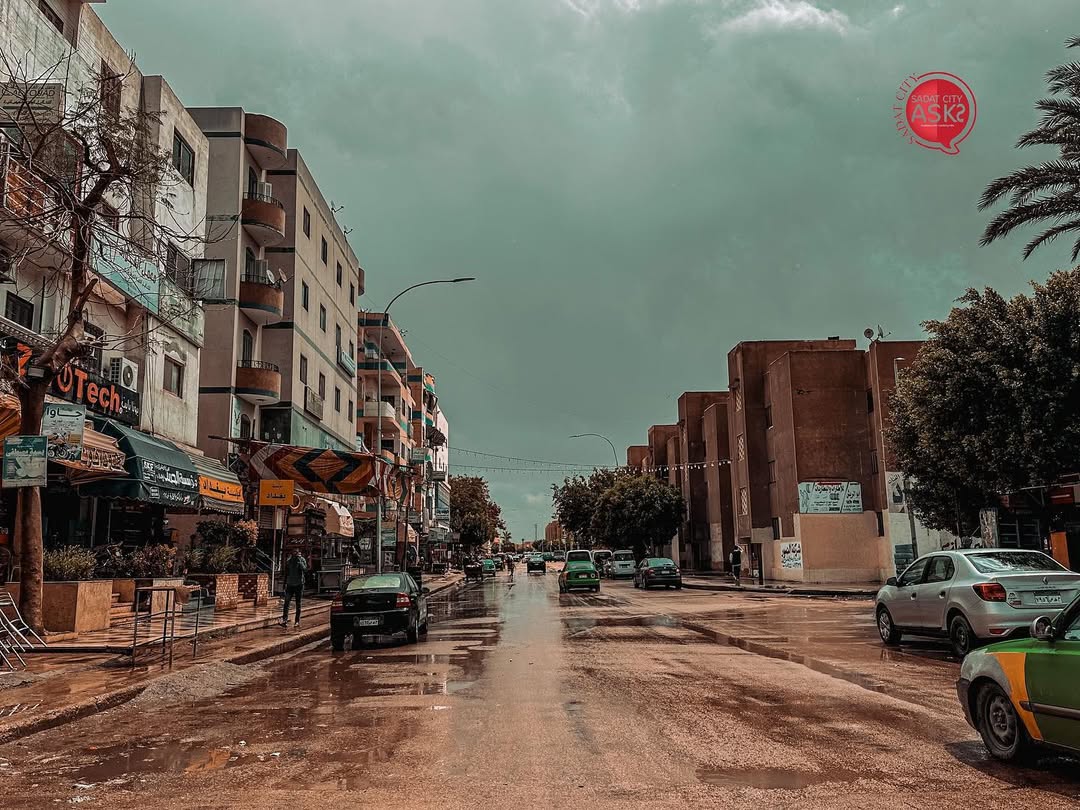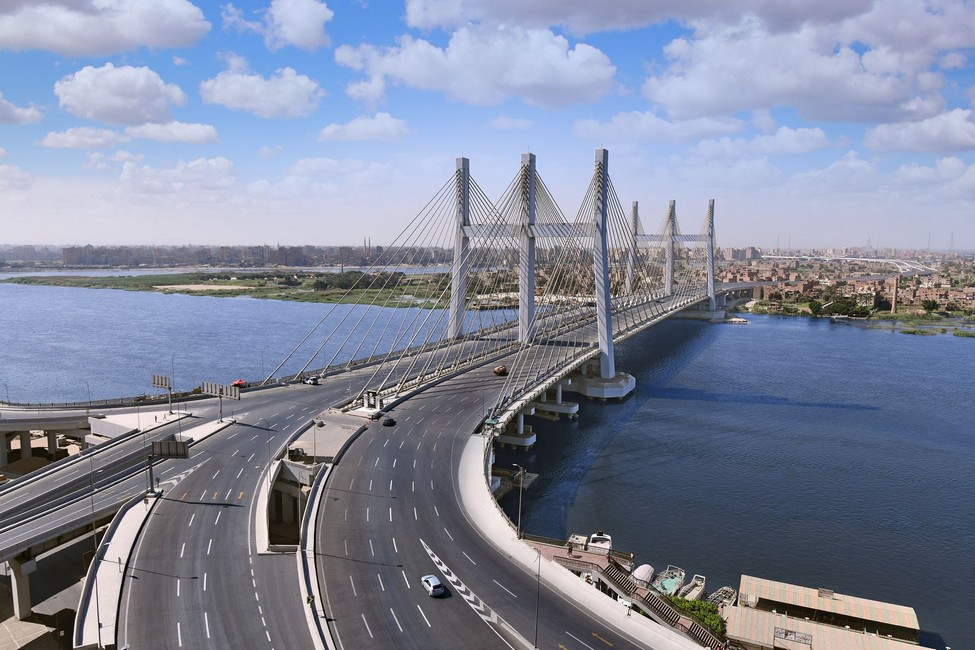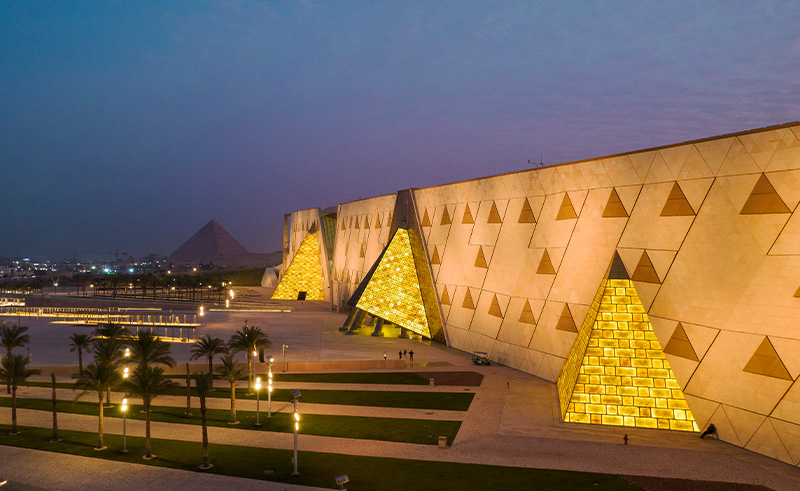From Pyramids to Modern Towers: How Leaders Influenced Architectural Styles in Egypt
ancient buildings Ancient Egypt architecture cairo history Cleopatra Egypt History Islamic Cairo Mamluk Architecture Pharaohs
Safy Allam
Image via cntraveler
Each leader’s era has left a distinct mark on Egypt’s architecture, from the timeless pyramids of the Pharaohs to the modern designs of today. This rich architectural journey tells the story of a nation shaped by the vision of its rulers.
Pharaohs: Building a Kingdom of Immortality

Images via travelnotes & wonders
In ancient Egypt, pharaohs were revered as divine rulers, and they sought to immortalise their reigns through monumental architecture. The Great Pyramid of Giza, constructed for Pharaoh Khufu, stands as a testament to this ambition. This colossal structure, originally soaring to approximately 146.5 meters, was the tallest man-made structure for ages. Its precise sculpture and the use of roughly 2.3 million stone blocks reflect an unparalleled mastery of engineering and a profound connection to celestial beliefs. Beyond the pyramids, temples like Karnak and Luxor in Thebes (modern-day Luxor) showcase magnificent columns and intricate hieroglyphs, serving both religious functions and demonstrations of pharaonic power.
Cleopatra and the Ptolemies: A Dance of Two Cultures

Images via journeytoegypt & architektenkombinatie
The Ptolemaic dynasty, founded after Alexander the Great’s conquest, introduced a fusion of Greek and Egyptian architectural elements. Cleopatra VII, the last Ptolemaic ruler, symbolised this blend. The Temple of Philae, dedicated to the goddess Isis, features traditional Egyptian pylons adorned with Greek-style capitals. Similarly, the Temple of Edfu, dedicated to Horus, combines massive Egyptian walls with Hellenistic flourishes, symbolising the rulers’ efforts to legitimise their reign over a culturally diverse population.
Islamic Caliphs: A Golden Age of Sacred Spaces
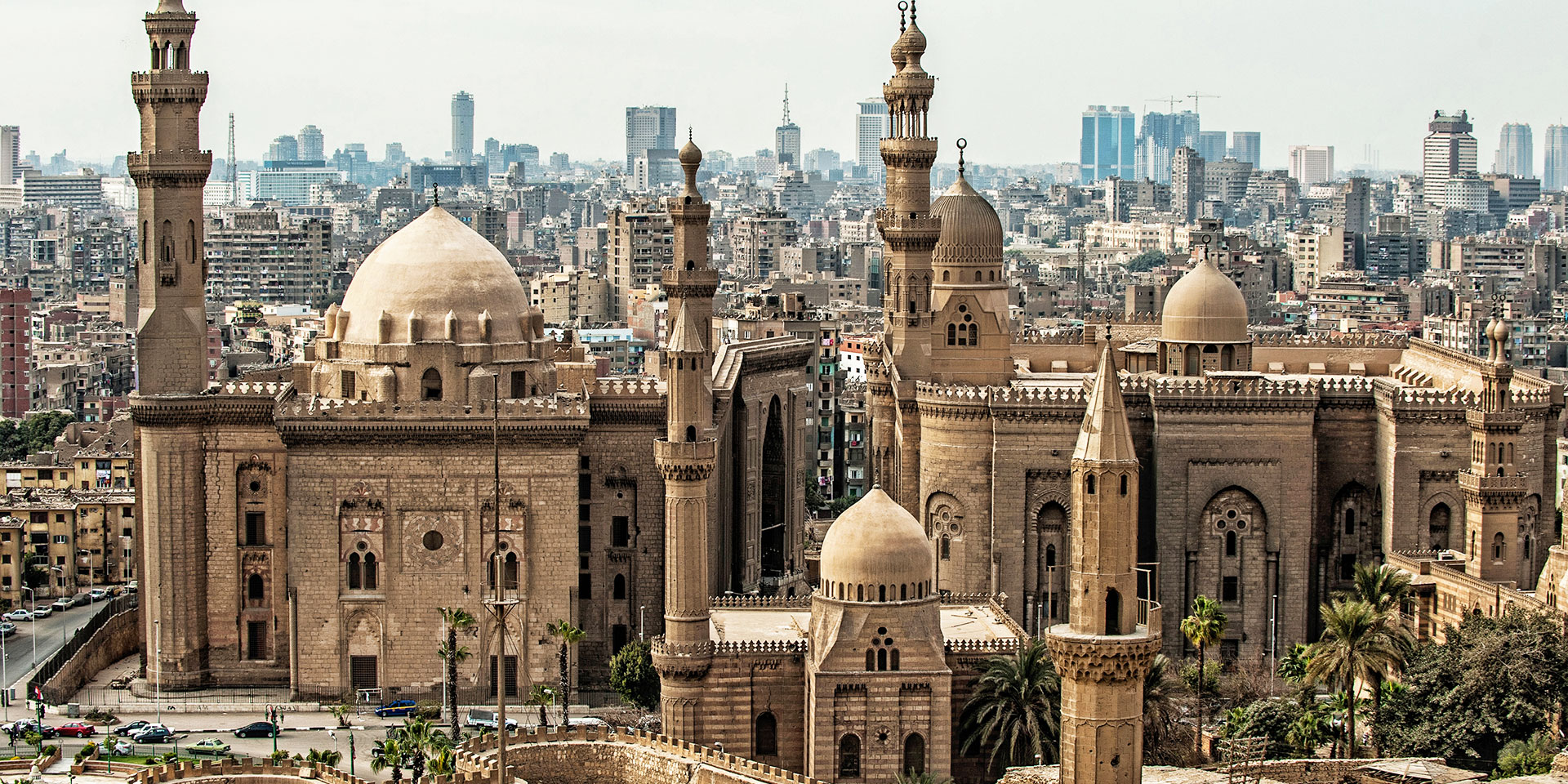
Images via wikipedia
During the Islamic era, particularly under the Fatimid and Mamluk dynasties, Egypt became a centre of Islamic art and architecture. The Mosque of Ibn Tulun is one of the oldest mosques in Cairo, renowned for its vast courtyard and unique spiral minaret. The Sultan Hassan Mosque, built in the 14th century, is celebrated for its monumental scale and intricate stucco decorations. These structures not only served religious purposes but also functioned as educational centres, reflecting the rulers’ dedication to faith and learning. Their mastery didn’t stop at building religious structures but also in residency areas, schools, hospitals, and cultural centres. If you want to see the dazzling blend of Islamic caliphs’ architecture, just head to Old Cairo and stroll down the streets. Each stone and person there narrates a story of this golden age.
Khedive Ismail: European Modernisation

Image via tahrirculturefest & gettyimages
In the 19th century, Khedive Ismail aspired to transform Cairo into a “Paris on the Nile.” He commissioned the development of the modern Downtown Cairo, known as Khedivial Cairo, characterised by wide boulevards and European architectural styles. Buildings adorned with ornate facades, balconies, and mansard roofs emerged, reflecting neoclassical and baroque influences. The Cairo Opera House exemplified this cultural renaissance, symbolising Ismail’s ambition to align Egypt with European sophistication. In this era, more than just one structure can be pointed out. The blend of European architecture and our Egyptian heritage created the perfect kind of architecture, especially in Downtown Cairo. An architecture that, to this day, people stand in awe upon seeing and architects get inspired from when creating new areas in Egypt, such as the Mivida compound at New Cairo and some residential areas in the New Capital.
Gamal Abdel Nasser: Modernism with Socialist Undertones
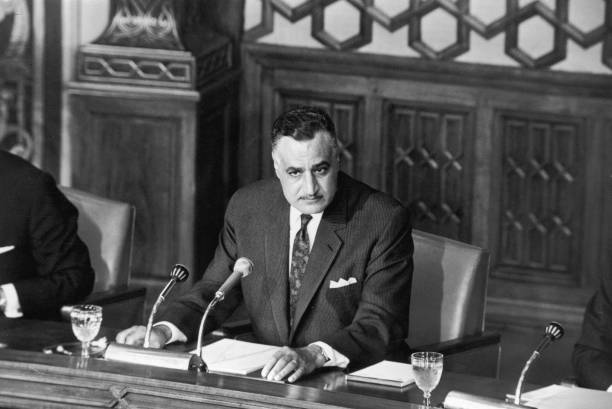
Image via gettyimages
President Gamal Abdel Nasser’s era marked a shift towards modernist architecture infused with socialist ideals. Influenced by the principles of Le Corbusier, a pioneering Swiss-French architect known for his innovative designs and concepts of functional urban planning, developments like Nasr City were designed as functional, affordable housing districts for Egypt’s growing middle class.
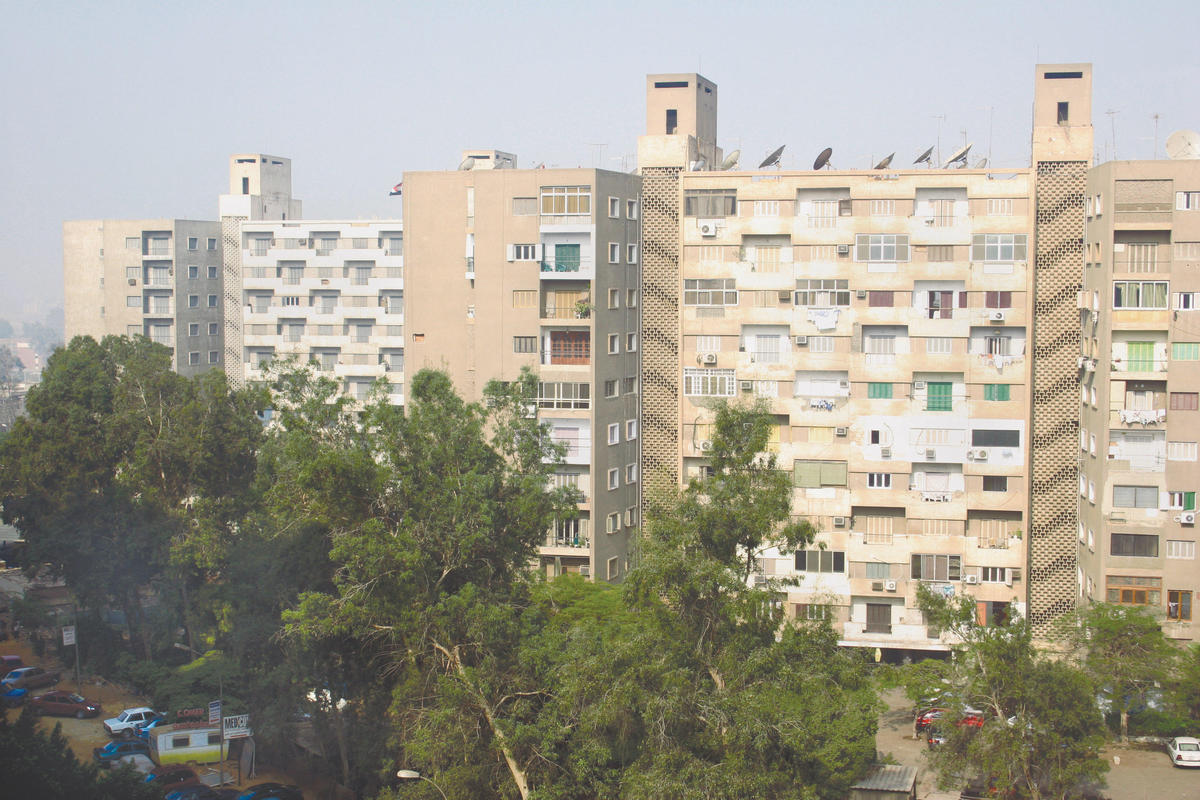
Image via bidoun
Zooming onto Nasr City, it adopted a brutalist architectural style, characterised by raw concrete facades, repetitive geometric patterns, and massive, block-like structures, all stacked up systematically side by side. This aesthetic, which aligns with socialist values, is functional, cost-effective, and emphasises efficient urban living. Buildings like the Nasr City Public Housing Complexes showcase exposed concrete exteriors, deep-set balconies, and minimal ornamentation, embodying the principles of brutalism and urban efficiency.
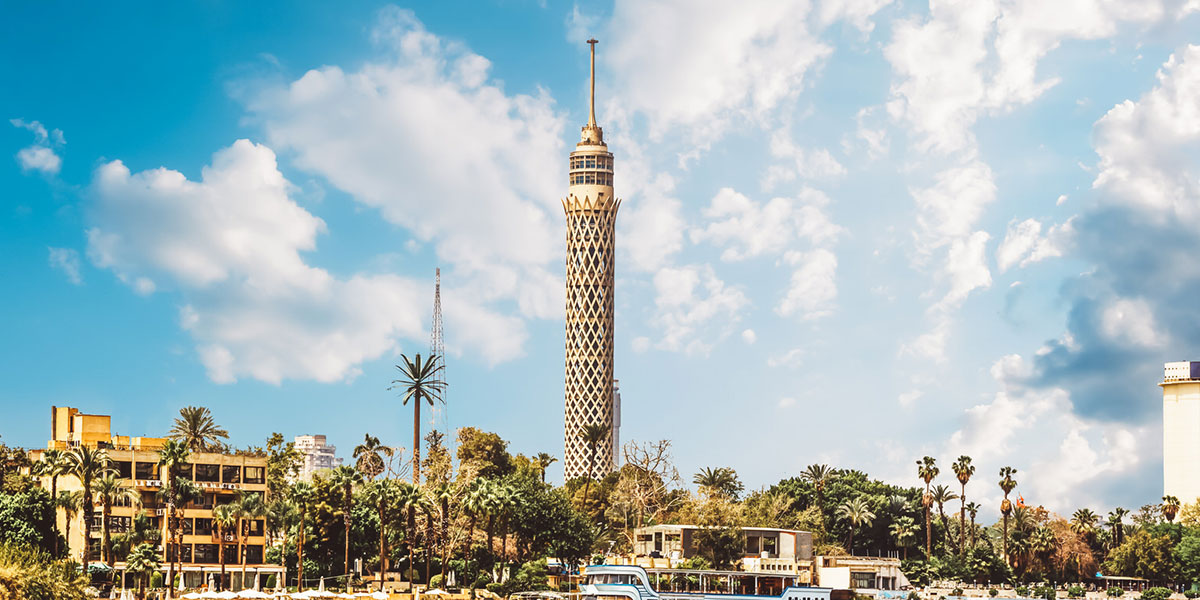
Image via egypttoursportal
Another architectural magnificence of this era is the Cairo Tower, which symbolises Nasser’s architectural vision. The almost 187-meter-high structure blends modernist design with pharaonic lotus motifs, reflecting a balance between contemporary aspirations and national identity.
Anwar El-Sadat: Economic Liberalisation
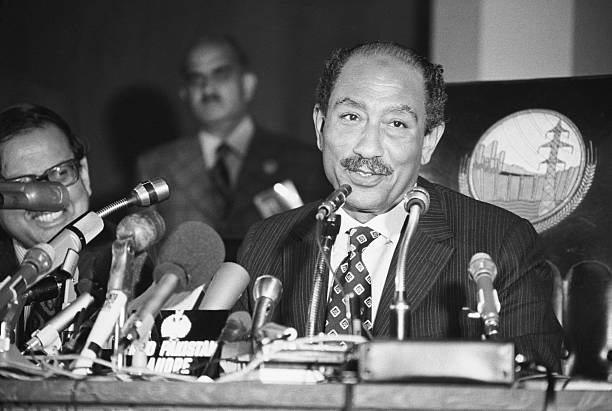
Image via gettyimages
In El Sadat’s era, the focus was on national commemoration and strategic urban expansion. His policies aimed at distributing Cairo’s growing population while fostering industrial and residential development.
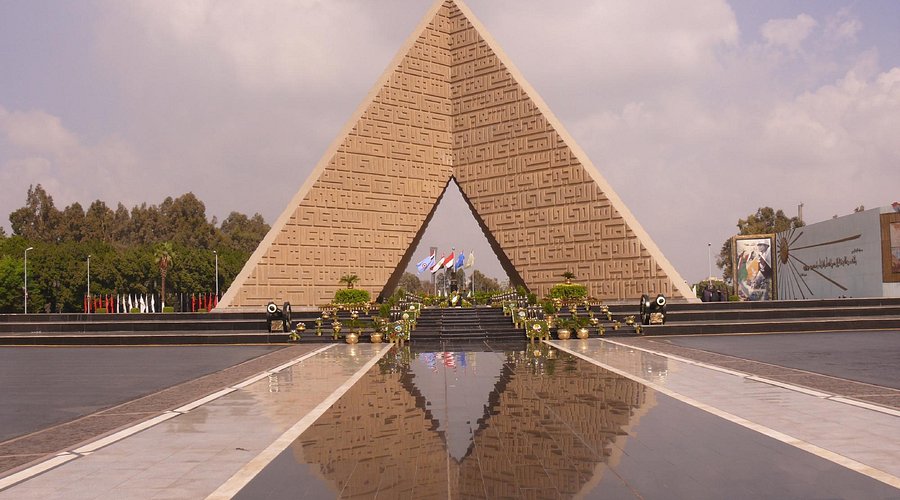
Image via tripadvisor
One of the most notable architectural landmarks from Sadat’s era is the Unknown Soldier Memorial in Cairo. Designed as a hollow pyramid, this imposing structure serves as a tribute to Egyptian soldiers who sacrificed their lives in the 6th October War. Located in Nasr City, its geometric form reflects both ancient Egyptian symbolism and modernist simplicity. Adjacent to it, Sadat’s mausoleum stands as a solemn reminder of his leadership and legacy.
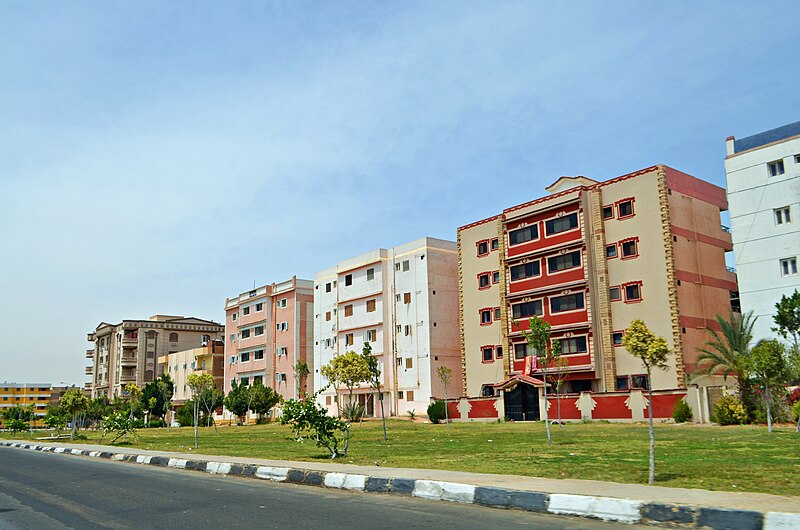
Image via Wikipedia
Another one of El Sadat’s major urban planning initiatives was the establishment of Sadat City (Madinat El-Sadat) in 1978. The city was designed as part of a national strategy to ease congestion in Cairo and develop new industrial and residential zones, utilising grid-based planning. Inspired by modern urban planning principles, Sadat City was designed with a structured grid system, wide roads, and distinct industrial, residential, and commercial zones.
Image via instagram
This city was envisioned as an industrial centre, attracting factories and manufacturing plants to decentralise Egypt’s economic activity from Cairo. This helped in job creation and economic diversification. Because this era was all about economic liberation, the residential areas featured affordable low-rise and mid-rise apartment complexes, reflecting functional and minimalist architectural designs. Many of these buildings adopted modernist principles with simple geometric facades, open courtyards, and uniform layouts. Unlike the dense urban fabric of Cairo, Sadat City incorporated green spaces and parks, aligning with Sadat’s vision of a more balanced, breathable urban environment. Although initially slow to develop, Sadat City remains one of Egypt’s key industrial and residential hubs today, demonstrating Sadat’s long-term impact on Egyptian urban planning.
Hosni Mubarak: Expansion, Greenery, and Urban Development
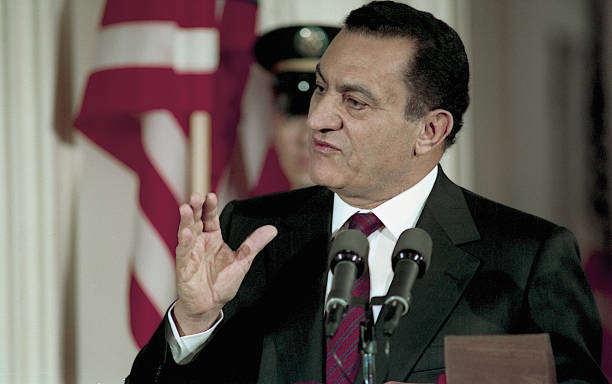
Image via gettyimages
Under President Hosni Mubarak, Egypt witnessed significant urban expansion. The development of satellite cities, such as 6th of October City and New Cairo, aimed to ease Cairo’s congestion. These areas feature contemporary residential complexes, commercial centres, and educational institutions, reflecting a vision of modern urban planning. To this day, more structures are being built in these areas, and many people prefer to reside there rather than any part of Cairo. They find it liberating and more architecturally attractive as it blends modernity with heritage architecture. Additionally, adequate greenery usage and new commercial spots serve their every need.
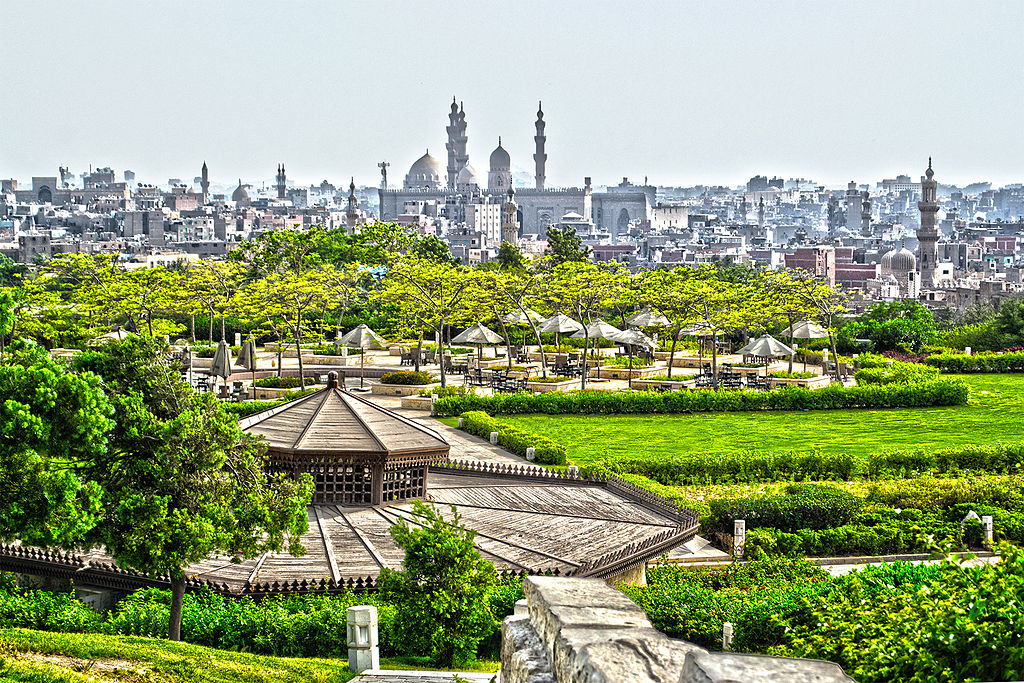
Image via wikidata
One of Mubarak’s significant contributions was the integration of green spaces into Egypt’s urban planning. Parks, tree-lined boulevards, and landscaped gardens were introduced to combat pollution and improve air quality. Large-scale projects such as Al-Azhar Park transformed neglected spaces into lush green areas, offering Cairenes a much-needed escape from the urban expansion.
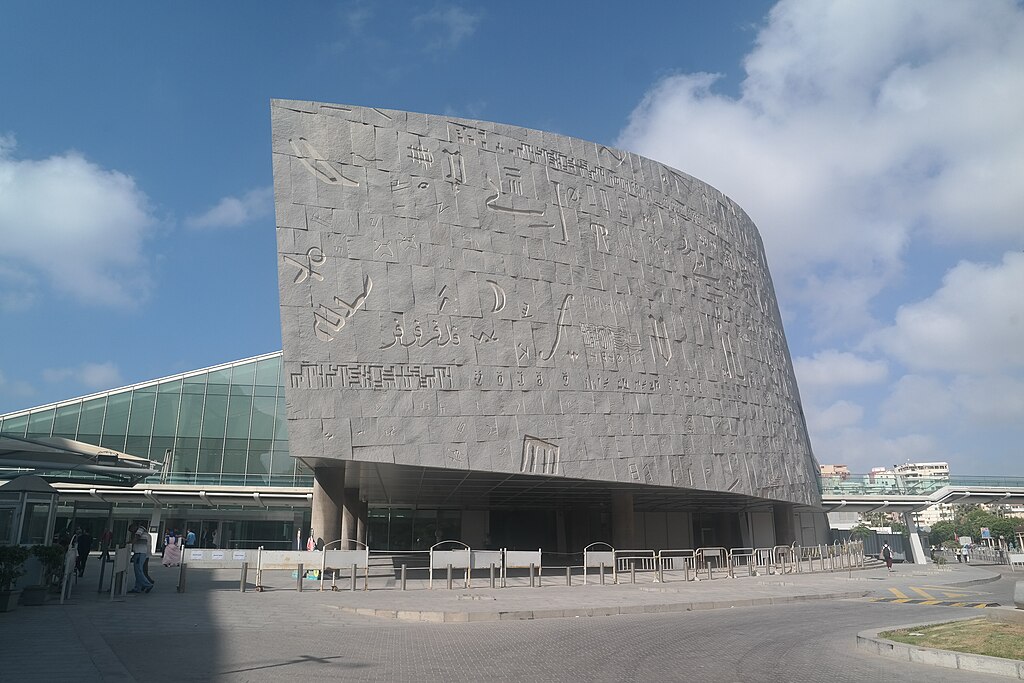
Image via wikipedia
Among Mubarak’s many architectural achievements, the Mubarak Library still stands as a pivotal monument for people of all ages. Now known as the Bibliotheca Alexandrina, it was constructed to revive the ancient library’s legacy, symbolising a commitment to education and culture. To this day, it stands as one of the greatest libraries in Egypt, with its unlimited genres of books, communal seatings, cultural events, exhibitions and many more activities taking place there.
Abdel Fattah El-Sisi: Preserving the Past, Building the Future
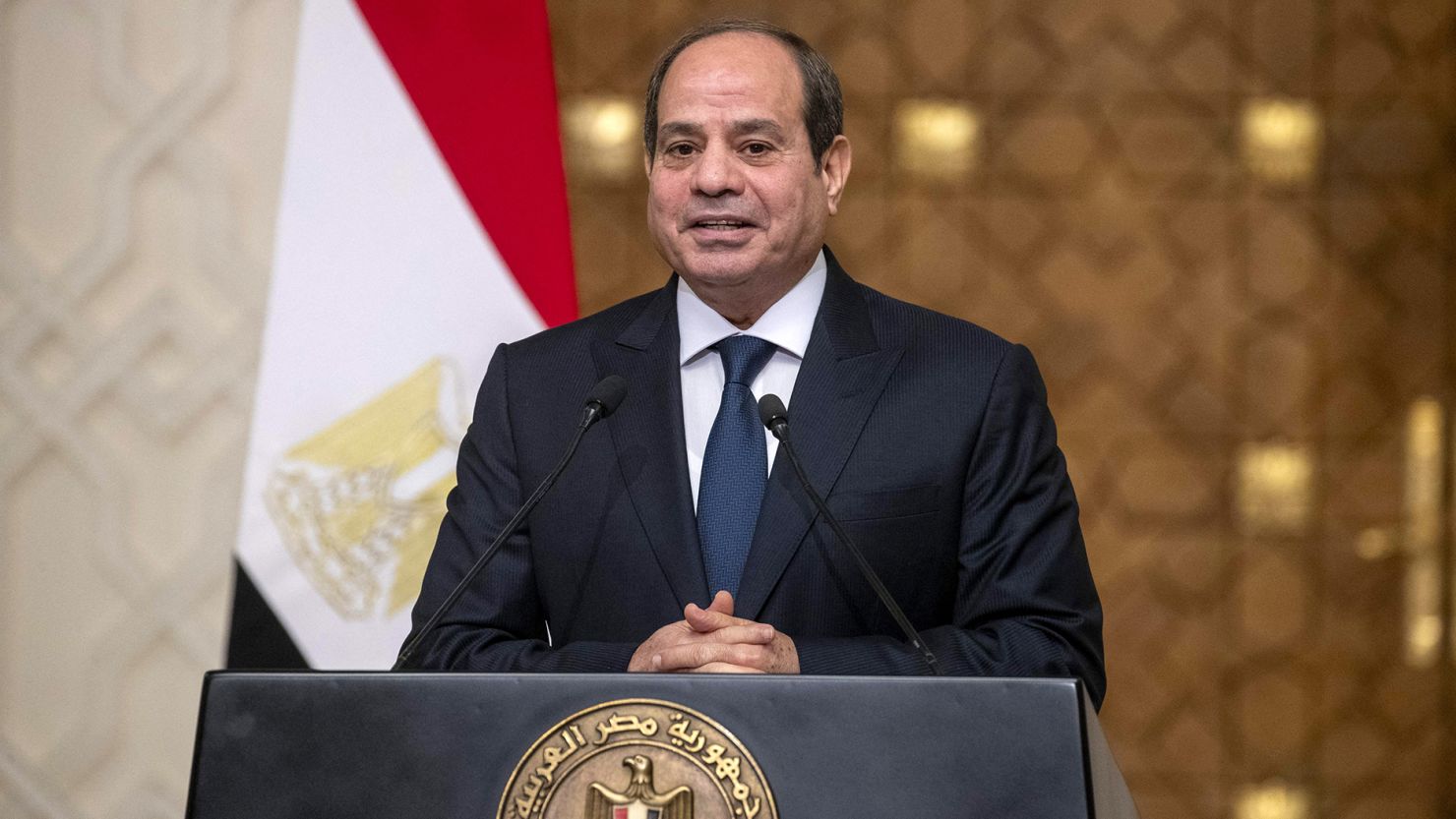
Image via cnn
Under President Abdel Fattah El-Sisi, Egypt has embarked on unprecedented modernisation efforts, focusing on infrastructure, transportation, and urban expansion.
Image via worldsteel
One of the most ambitious projects in Egypt’s modern history is the New Administrative Capital (NAC), designed to decongest Cairo and provide a futuristic hub for government institutions, businesses, and residential communities. Some of NAC’s features include the Iconic Tower, Africa’s tallest skyscraper, standing at 385 meters, accompanied by many captivating tall structures that would dazzle the skyline of Cairo. Also, there is the planning of smart urban, which incorporates sustainable energy, green spaces, and pedestrian-friendly streets. The Grand Mosque of Egypt, another magnificent structure, is now one of the largest in the world and showcases contemporary Islamic architectural elements.
Image via arabcont
As another attempt to support Cairo’s growing population and reduce traffic congestion, El-Sisi’s administration has spearheaded an extensive network of new bridges and highways. Notable projects include the Tahya Misr Bridge, one of the world’s widest cable-stayed bridges, connecting both sides of the Nile. Also, Rod El Farag Axis eased traffic from western Cairo to the new capital. The Ring Road expansions will also facilitate smoother transportation around Greater Cairo.
Image via ramsestours
One last mastery in this phenomenal ongoing era is the Grand Egyptian Museum (GEM), located near the pyramids, which further exemplifies this era’s architectural vision, integrating cutting-edge technology with heritage preservation. Designed by Dublin-based architect Heneghan Peng, the GEM features a contemporary facade that complements its ancient surroundings. Inside, state-of-the-art galleries chronologically showcase over 3,000 years of Egyptian history, offering visitors an immersive experience.
Lastly, El-Sisi adapted some restoration projects in Historic Cairo, such as the renovation of the 15th-century Bimaristan al-Muayyad Sheikh, highlighting efforts to safeguard the country’s rich architectural heritage along the different eras while adapting to modern needs.
Each leader’s era has shaped Egypt’s architectural identity, from the sacred grandeur of the Pharaohs to the urban modernity of today. The evolution from pyramids to high-tech towers illustrates how rulers’ visions have continuously redefined the nation’s landscape, blending history, innovation, and cultural legacy. It also highlights the need for each leader to preserve our heritage and offer economical and affordable amenities while keeping us with the evolving world.
recommended
 Cafés
Cafés
Bite Into the Croffle Craze: The Best 5 Spots to Try Croffles in Cairo
cafes cairo +2 City Life
City Life


